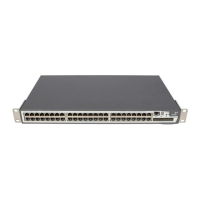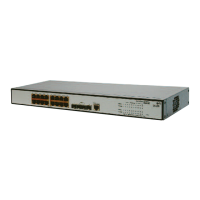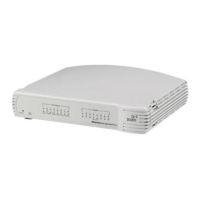Setting Up Overview 53
CAUTION: To protect your Switch from unauthorized access, you must
change all three default passwords as soon as possible, even if you do not
intend to actively manage your Switch. For more information on default
users and changing default passwords, see “
Default Users and
Passwords” on page 68.
IP Configuration You can use one of the following methods to allocate IP information to
your Switch (essential if you wish to manage your Switch across the
network).
Manual IP Configuration
When you configure the IP information, the Switch remembers the
information that you enter until you change it again.
Remember to save the IP configuration in case of power off.
You should use the Manual IP configuration method if:
■ you do not have a DHCP or BootP server on your network, or
■ you want to remove the risk of the IP address ever changing, or
■ your DHCP or BootP server does not allow you to allocate static IP
addresses. (Static IP addresses are necessary to ensure that the Switch
is always allocated the same IP information.)
For most installations, 3Com recommends that you configure the Switch
IP information manually. This makes management simpler and more
reliable as it is not dependent on a DHCP or BootP server, and eliminates
the risk of the IP address changing.
To manually enter IP information for your Switch, work through the
“
Manually Configuring IP Information” section on page 55.
Automatic IP Configuration via DHCP or BOOTP
By default the Switch tries to configure itself with IP Information without
requesting user intervention. It tries to obtain an IP address from a DHCP
or BootP server on the network.
When using automatic IP configuration it is important that the IP address
of the Switch is static, otherwise you will not know what the IP address is
and it will be difficult to manage. Most DHCP and BootP servers allow
static IP addresses to be configured so that you know what IP address will

